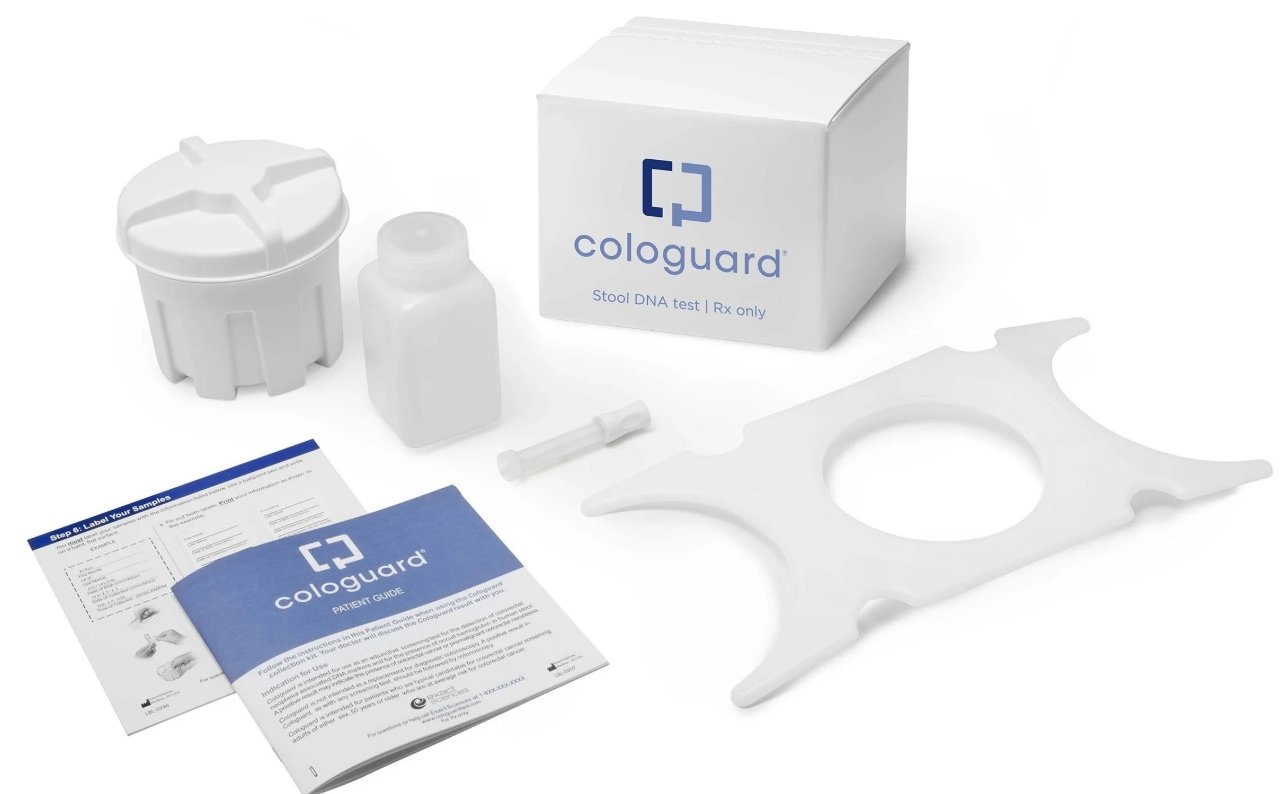
image credit- istock.com
International research collaboration between the United States and Australia has revealed a promising new drug that could treat high-risk leukemia.
NAD reports on the latest NAD+ and age-related research by taking the information from peer-reviewed scientific journal articles and making it easy to digest
US based OncoTartis, Inc. and Australia based Children's Cancer Institute jointly announced the publication of two research manuscripts in a leading onco-hematological journal Leukemia, both devoted to the OncoTartis' clinical drug candidate OT-82.
A significant proportion of blood cancers in both adults and children remain resistant to current treatments and are often fatal. The results of studies conducted collaboratively by teams in Buffalo and Sydney open a new treatment opportunity for patients with currently incurable blood cancers by introducing a new drug candidate shown to be highly effective in preclinical models.
The first paper describes the discovery, mechanism of action, toxicological profile and preclinical efficacy of OT-82 that was developed by OncoTartis for treatment of refractory leukemias and lymphomas. It takes advantage of the discovery of extremely high dependence of malignancies originating from the hematopoietic system on elevated levels of nicotinamide dinucleotide (NAD), an essential component of multiple metabolic and stress response mechanisms of the cell. OT-82 inhibits one of the major enzymes, nicotinamide phosphoribosyl transferase (NAMPT) responsible for NAD production. Its further clinical development is specifically focused on blood-derived cancers as the main disease target. OT-82 is currently undergoing a multicenter Phase I trial in the US.
The second paper on OT-82 describes a study conducted at Children's Cancer Institute (Sydney). The Institute has been a world leader in establishing a large collection of refractory children's leukemias grown in laboratory mice for new drug testing. These are widely accepted to be the most clinically-relevant models of childhood leukemia anywhere in the world.
This collection was utilized to compare the efficacy of OT-82 with current treatments for childhood leukemia. OT82 demonstrated remarkable efficacy when used alone and was even more effective when used in combination with conventional treatments, thereby indicating promise for children with high-risk blood cancers.
Currently, OT-82 is being tested in a clinical trial of adults with relapsed or refractory lymphoma. Following the successful completion of this trial, it is anticipated that the drug will proceed to clinical trial in children with high-risk acute lymphoblastic leukemia.
Professor Andrei Gudkov from Roswell Park Comprehensive Cancer Center in Buffalo NY, a Chief Scientific Officer of OncoTartis, said: "The main principle of the research strategy that led us to OT-82 was the identification of a pharmacological agent specifically toxic for malignant cells of blood origin. We were surprised when the compound that came out of an unbiased search appeared to be a NAMPT inhibitor, an enzyme that has been considered as a target for cancer treatment but whose association with malignancies of blood origin was unknown. We are especially excited about the potential use of OT-82 for treatment of refractory childhood malignancies, an opportunity revealed in the joint studies with our Australian partners."
Professor Michelle Haber AM, Executive Director of Children's Cancer Institute in Sydney, indicated this was a promising development for children with high-risk leukemia.
"For children with particularly aggressive leukemia, the options for effective yet safe treatments are extremely limited and therefore novel therapeutic options are urgently needed. If OT-82 is found to be safe and effective in adults, we are very hopeful that it may provide an exciting new treatment approach for the worst cases of pediatric leukemia, with the added potential benefit of allowing reductions in doses of chemotherapy and hence diminished adverse treatment side-effects for these children."
Dr. Michelle Henderson, the Senior Scientist, who together with Dr. Klaartje Somers led the research at Children's Cancer Institute, added: "In our hands, OT-82 has proven to be one of the more broadly active compounds tested so far in this panel of high-risk pediatric acute lymphoblastic leukemia." Dr. Somers concluded: "OT-82 thus appears to be a promising anti-cancer drug for the treatment of a broad range of high-risk and aggressive pediatric acute lymphoblastic leukemia subtypes for which novel therapeutic options are urgently needed."
The research at Children's Cancer Institute was possible thanks to the support of the National Cancer Institute (part of the US National Institutes of Health), The National Health and Medical Research Council of Australia, Cancer Australia, The Kids' Cancer Project, The Leukaemia Foundation, Anthony Rothe Memorial Trust, Cancer Council NSW, Tenix Foundation, ISG Foundation, the Children's Leukemia & Cancer Research Foundation (Perth) and the Australian Government Department of Education and Training.




